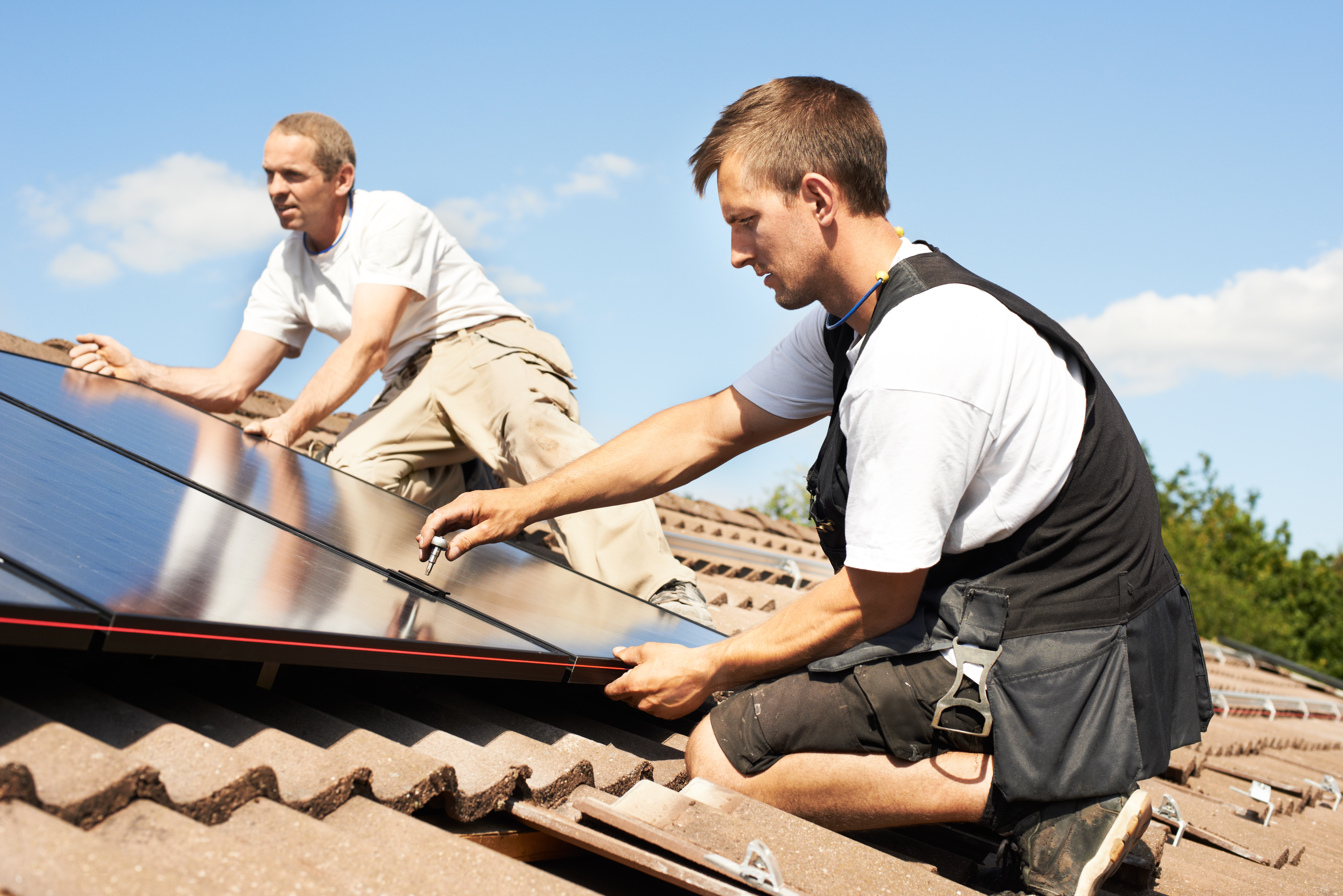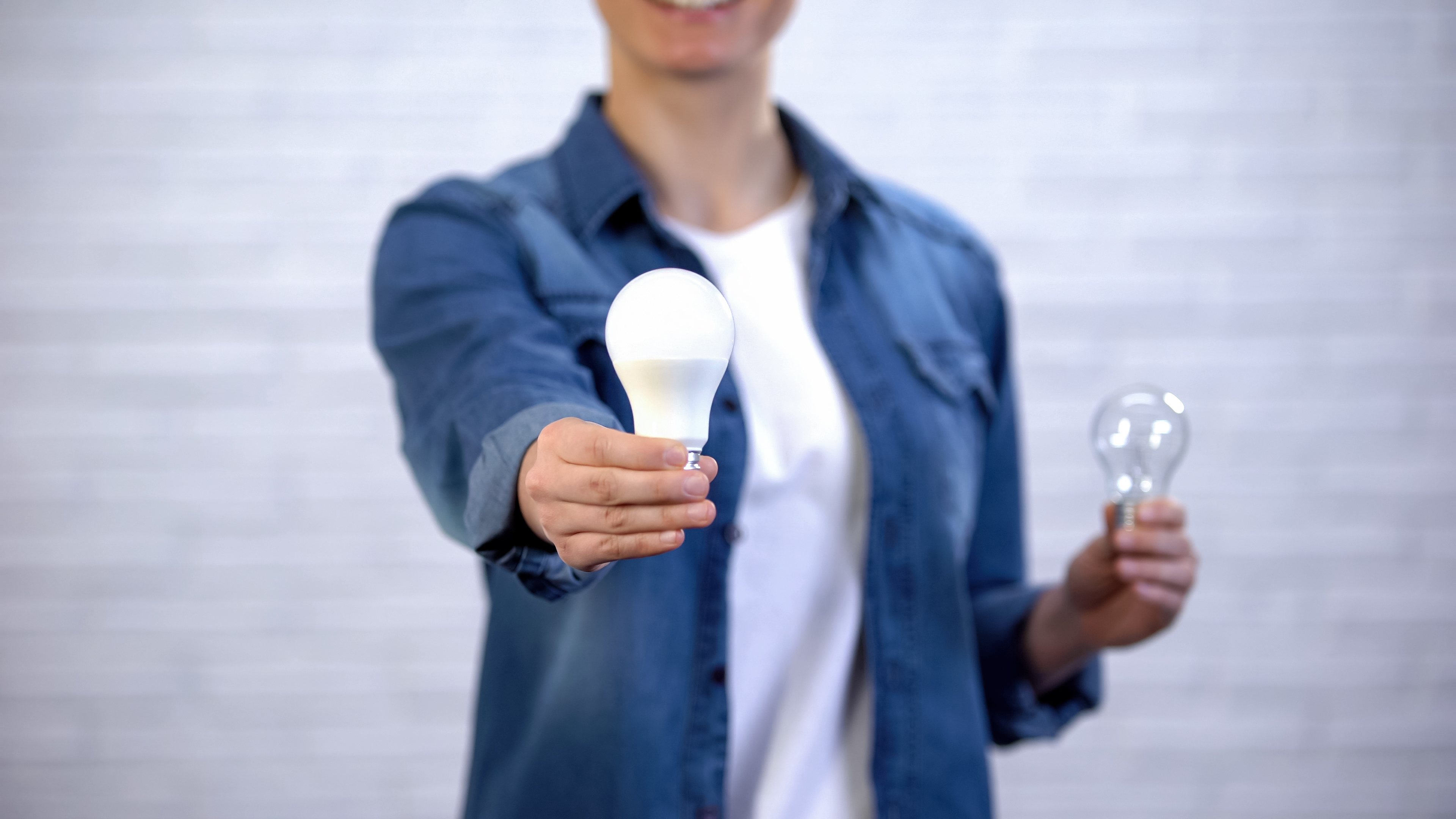High return home projects for reducing your energy costs and your carbon footprint. This article by Angie's List offers six quick fixes with a great ROI.
From LED lights to electric cars, the market for energy-efficient investments can feel overwhelming and oversaturated. Fortunately, there are a few home improvements you can make that really do make a difference in your bottom line. These six projects will go easy on your wallet and the environment.
Install solar panels
Harnessing the sun's energy to power your property is a long-term, low-risk investment – and it pays. Fitting your roof with solar panels can reduce your electricity bill by thousands of dollars over its lifespan – about 25 years – and it can also increase the overall value of your home.
Energy-efficient lighting
On average, your household spends about 5% of its energy costs on lighting, according to the Department of Energy. By switching to energy-efficient lightbulbs, you'll get the same amount of light in your house for a fraction of the cost. Halogen bulbs, compact fluorescent lamps (CFLs) and light-emitting diodes (LEDs) are a little pricier than traditional incandescent bulbs, but they'll save you money over time because they last longer and use less energy. Have high ceilings or complex lighting in chandeliers or other light fixtures? Call in a handyman to help make replacements. Homeowners generally pay about $60-$65 an hour for a handyman, according to the Angie's List Pricing Guide.
Choose low-flow showerheads
A low-flow showerhead is a simple energy hack that can lower your water consumption by as much as 40% – and help you save on your bill. Even though an eco-friendly showerhead uses less water, there are models that maximize flow so you don't have to suffer through a low-pressure rinse. If you need help swapping out shower heads, call in a local plumber.
Hire an energy auditor
Most energy-efficient improvements add value to your home in addition to saving you money on your utility bill. But if you're unsure about where to start, or would like to know precisely how much gas and electricity your house uses (and how to make it more cost-effective), a home energy assessment can answer those questions for you. There might be problems you aren't even aware of – and fixing them can save you thousands. Homeowners report paying between $205-$650 for a home energy audit, according to the Angie's List Pricing Guide.
Invest in insulation
Imagine your heating and cooling costs slashed by 15%. That is the type of savings you can expect when you air seal your home and add insulation to problem areas throughout it, according to the Environmental Protection Agency. Factors that influence overall savings include location and construction style of your home, with some homeowners cutting 20% off their yearly utility bill.
Update home tech
Power-saving outlets, smart thermostats, an energy monitor you can actually read – there are plenty of ways to upgrade the technology in your home to conserve energy and, ultimately, save money. Regulate your home's temperature, track your solar power production and stop home appliances from draining power when they're not in use. Every little bit helps shave dollars off your bill.
___
Diana Crandall is a reporter for Angie's List, a trusted provider of local consumer reviews and an online marketplace of services from top-rated providers.
This article is written by By Diana Crandall, Angie's List from CNET and was legally licensed via the Tribune Content Agency through the NewsCred publisher network. Please direct all licensing questions to legal@newscred.com.





